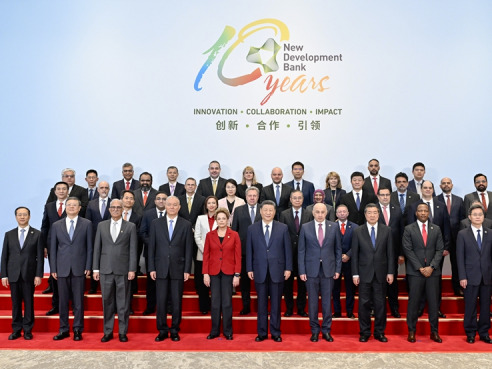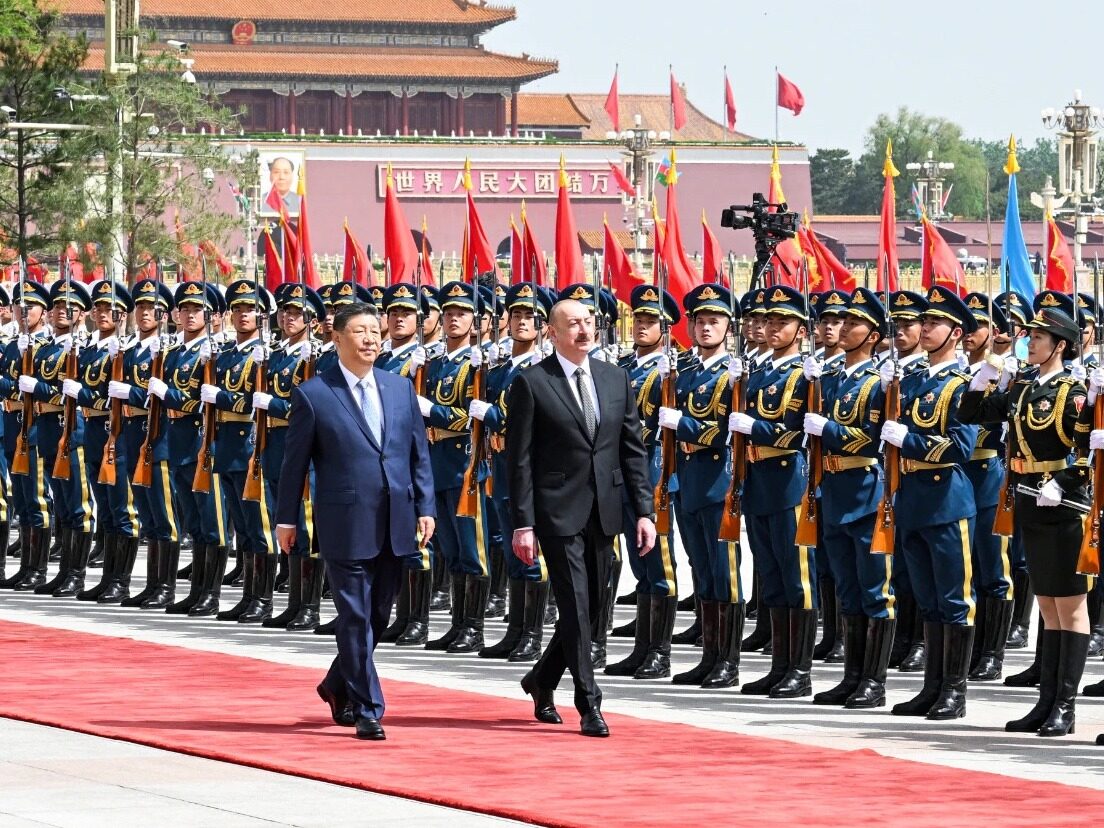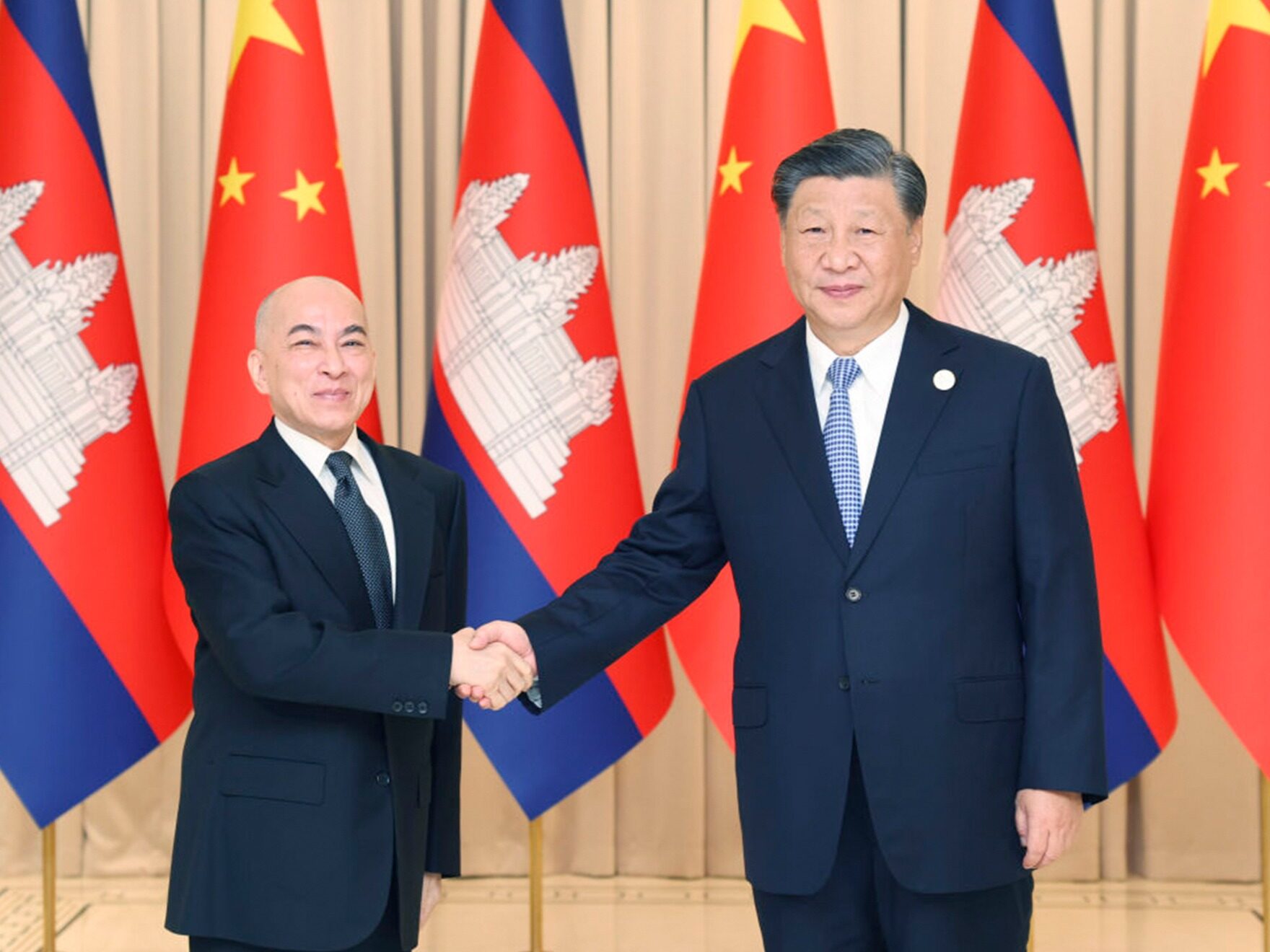- In the context of global energy development, the status of nuclear power has changed from clean energy to guaranteed energy
- According to estimates, global nuclear power has reduced carbon dioxide emissions by more than 85 billion tons

Green and clean nuclear energy is the only way for China's energy transformation and development. According to the energy production situation recently released by the National Bureau of Statistics, in March, thermal power turned from a decline to an increase, the growth rate of nuclear power and solar power generation accelerated, the growth rate of wind power dropped, and the decline in hydropower expanded. Among them, thermal power increased by 9.1% year-on-year, and fell by 2.3% in January-February; nuclear power increased by 4.6%, and the growth rate was 0.3 percentage points faster than that in January-February; wind power increased by 0.2%, and the growth rate was 30.0% lower than that in January-February. ; Solar power generation increased by 13.9%, and the growth rate was 4.6 percentage points faster than that in January-February; hydropower decreased by 15.5%, and the decline rate was 12.1 percentage points higher than that in January-February.
According to the statistics of China Nuclear Power Co., Ltd., a subsidiary of China National Nuclear Corporation, as of March 31, 2023, the company's nuclear power holdings have 25 operating units with an installed capacity of 23.75 million kilowatts; it holds 9 projects under construction with an installed capacity of 10.129 million kilowatts; There are 2 units to be built with an installed capacity of 2.424 million kilowatts.

Why develop nuclear power?
On September 22, 2020, President Xi Jinping solemnly proposed at the general debate of the 75th session of the United Nations General Assembly that China will adopt more powerful policies and measures, strive to peak carbon dioxide emissions by 2030, and strive to achieve Carbon neutral. To achieve the dual-carbon goals as scheduled, the key is the safe and low-carbon transformation and development of the energy sector.
On the one hand, carbon emissions in the energy sector are the most important source of carbon dioxide emissions in China, and electricity is the largest carbon-emitting sector in the energy sector. According to statistics, carbon dioxide emissions from China's energy sector account for about 87% of the total, of which the power industry accounts for about 41% of carbon emissions from the energy sector. To achieve carbon peaking and carbon neutrality, it is necessary to promote the revolution of energy consumption and energy production, accelerate the transformation of energy structure, and build a clean, low-carbon, safe and efficient modern energy system. On the other hand, as the world's largest energy consumer, China can only seize the initiative in future development and keep the bottom line of the new development pattern by firmly holding the energy job in its own hands and fully ensuring national energy security. The power cuts that have occurred in many places in China in the past two years have had a significant impact on economic and social development and the lives of the people. At the same time, it also reminds people that the realization of the dual carbon target cannot be separated from China's national conditions, and must be properly handled. The relationship between carbon commitments and ensuring energy supply security.

Nuclear power plays a dual role in the overall power system. Traditionally, people have generally placed more emphasis on its clean attributes, as nuclear power generation produces very little carbon emissions. A one-million-kilowatt nuclear power unit with an annual power generation of nearly 8 billion kwh can reduce carbon dioxide emissions by 6.4 million tons. The carbon emissions per kilowatt-hour of nuclear power are lower than photovoltaic power generation, which is comparable to wind power; at the same time, it does not produce other air pollution such as sulfur dioxide. The advantages of clean and low carbon are very obvious. Nuclear power has made a historic contribution to the global reduction of greenhouse gas emissions. According to estimates, global nuclear power has reduced carbon dioxide emissions by more than 85 billion tons. Nuclear power is also an important pillar energy for developed countries such as Europe and the United States to achieve their carbon peak goals. Recently, the reports of many international energy agencies such as the International Atomic Energy Agency (IAEA) and the World Nuclear Association (WNA) have emphasized that nuclear power will play a key role in the future low-carbon economic and social development.
In addition, nuclear power is also recognized as a stable power source. In recent years, with the intensification of global climate change, the problem of power supply security caused by extreme weather has become prominent. For example, at the beginning of 2021, Texas in the United States encountered a historically extreme cold wave, and the power system almost collapsed; in the summer of 2022, Sichuan encountered a historically rare, long-term, large-scale and extreme high-temperature extreme weather. The surge in demand for electricity has led to major hydropower provinces having to start a battle to ensure power supply. Nuclear power has advantages in safety, efficiency, and stability. It can be used as a zero-carbon clean energy that provides stable power around the clock, and can become a stable and reliable base-load dispatching power source in extreme weather disasters. In the past two years, under the premise of ensuring safety, China's nuclear power industry has achieved competition for every kilowatt-hour of electricity and multiple and full power generation, which has played an important role in ensuring the safe and stable supply of energy and power.

In the context of global energy development, the status of nuclear power has changed from clean energy to guaranteed supply energy, playing a very important role in energy security. In May 2022, the European Commission officially adopted an energy plan called REPowerEU, which aims to rapidly reduce the EU's dependence on Russian fossil fuels and recognizes that nuclear energy will play a role in ensuring the security of the EU's energy supply. In response to the tight domestic energy supply, the German government has decided to extend the operation of the three active nuclear power units originally planned to be shut down by the end of 2022 until mid-April 2023. The report "Nuclear Energy and Energy Security Transition" released by the International Energy Agency in August 2022 mentioned that today's energy crisis may bring about a nuclear energy renaissance. Keywords: infrastructure, infrastructure construction, domestic engineering news, planning investment
The development of nuclear power is also a strategic need to ensure China's energy security supply. The development of nuclear energy is an important way to strengthen the guarantee of energy supply based on China's national conditions, respond to new challenges in the external environment. With the continuous deepening of the construction of new power systems, the proportion of renewable energy power generation has gradually increased, and renewable energy has the characteristics of randomness, intermittency, and volatility, which pose challenges to the stable operation of the power grid. Nuclear power is a base-load energy source with the ability to continuously and stably supply power, which can effectively alleviate the impact of new energy fluctuations on the power grid. Nuclear power, wind and wind and other new energy sources complement each other and develop in concert, which can effectively support large-scale new energy grid consumption, and play a greater role in building a new type of power system with new energy as the main body. Nuclear power can also provide high-quality thermal energy to meet the production needs of other high-energy-consuming industries. It can provide clean heating for new industrial parks and new towns, and realize the replacement of fossil energy. Ultra-high temperature gas-cooled reactor nuclear power can generate nearly 1,000 degrees of high-temperature heat, which can be used for large-scale, continuous, and stable hydrogen production. It is currently one of the internationally recognized technical routes with great application potential. In the future, the clean, low-carbon, stable and efficient value of nuclear energy will be further highlighted. Editor/Xu Shengpeng
Comment
 Praise
Praise
 Collect
Collect
 Comment
Comment
 Search
Search














Write something~